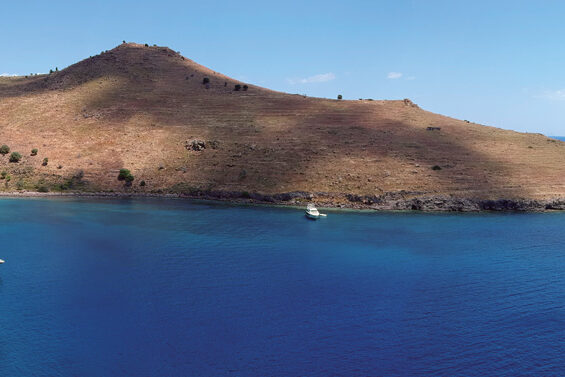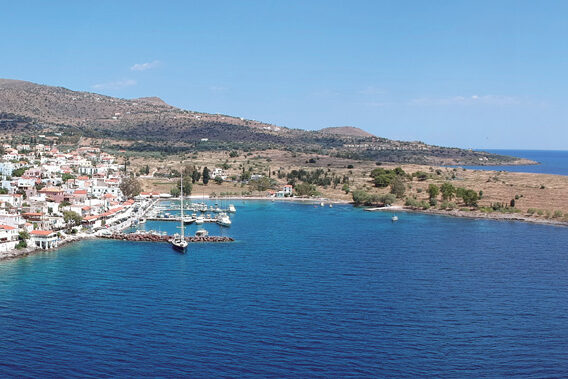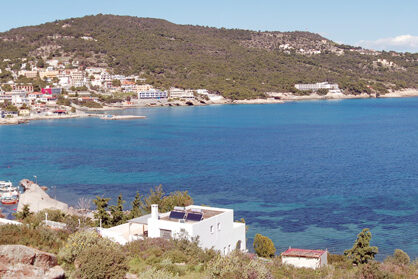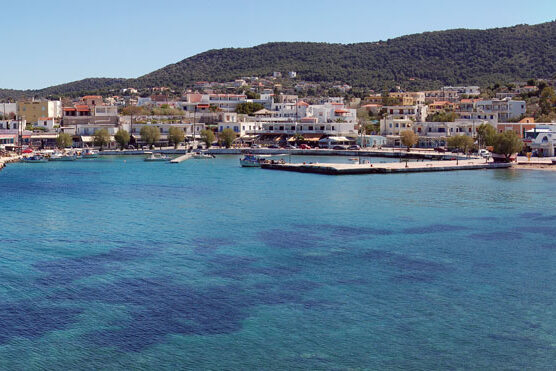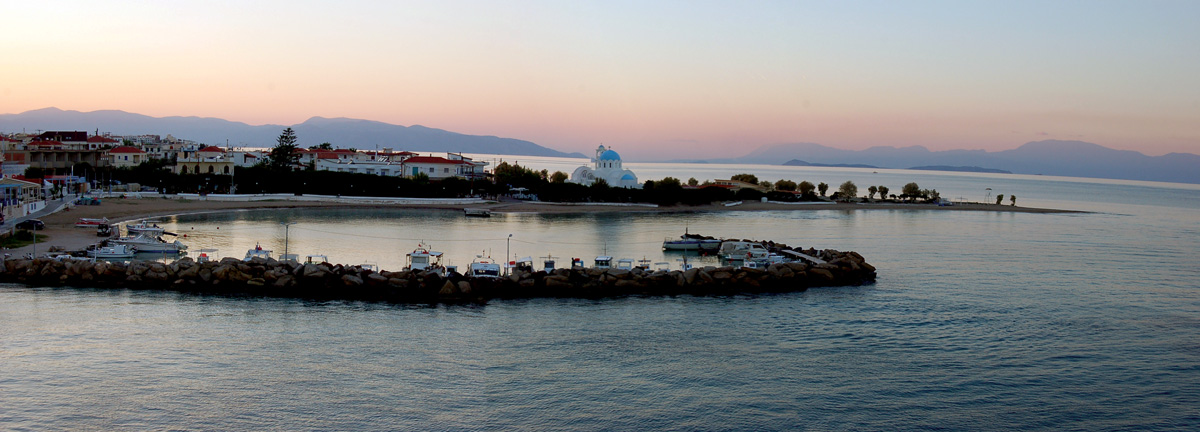
Aigina
The island of Aígina lies in the middle of Saronic gulf and is second in volume to Salamína island. Its inhabitants and their agriculture occupy mostly the northern and the western part of the island, whereas south and southeast Aígina is far more virgin and unspoiled.
Its name comes from nymph “Aígina”, daughter of god Asopós, to which Zeus fell in love with, kidnapped her and took her to Oinóni island, as Aígina was then known.
Aígina has a significant naval history, starting from a very early era. On the 3rd millennium BC, Aígina was already a global commercial destination for ships.
The islanders of Aígina were the first to put sails on their ships. They had also built a unique system of underwater reefs to protect their harbour from hostile ships and only them knew how to pass through.
Between 11th and 16th cen. AD, Aígina suffers from piratic raids. It is written that at the end of the 12th century, the island served as the main base of pirates who plundered the coasts of Attikí.
Today, Aígina is a maturely developed touristic area, the character of which has not been altered by the waves of tourism, a fact that brings honor to the islanders. Which is why the walk in the city of Aígina, and especially around the harbour, is lovely.
Agkístri
Agkístri is a small island SW of Aígina with approximately 1100 inhabitants. The island is packed with pine trees, has a beautiful climate throughout the year, it’s authentic, quiet and offers a multitude of beaches to choose from, as well as trekking paths.
The history of the island follows closely the history of Aígina and the larger area of Saronikós gulf. In antiquity, it was part of the Kingdom of Aígina of the mythical King Aiakós, and was known with the name “Kekryfália” which means “decorated head” (probably due to its natural beauty). Unfortunately, the archaeological excavations on the island are still in an infant stage and we do not know much about its ancient history. However, from findings exhibited today inside the Spiritual Centre in Megalochóri, it appears the island was initially inhabited by Peloponnesians in the 5th century BC.
During the Byzantine Years, but also later, the island suffered from piratic raids and at times all its inhabitants abandoned it (or were completely annihilated!). It is reported that Agkístri was colonized by Albanians in 14th century AD, however in the 17th century it clears out again. The grave of the Hellenic hero Mitromára is situated on the island. The rebel’s name became known mainly due to his primary role in the Hellenic revolution of 1770 (under the aid and then the betrayal of the Russian Orlof brothers), but also because he was quite successful in letting the Turks know what he thought of them (with many dead in his path), before the rebellion. Mitromáras ended up on the island and died in the 15th February 1772.
The population of Agkístri up until 1940 was very small, but after the 2nd World War started to flourish. The connection of the island by sea with Pireás significantly helped to that end. Today, the island produces retsína (from pine trees), olive oil, figs, barley and fruits, but the main volume of its income lies on tourism. Shall we go and contribute?



